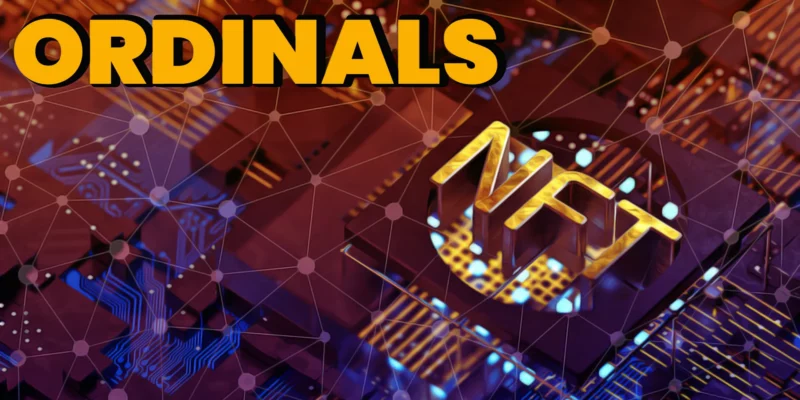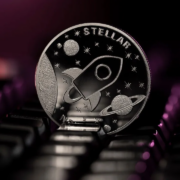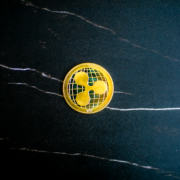- Ordinals are a way to inscribe extra data on a Sat, which can be used to make NFTs, without using smart contracts.
- They are different from traditional NFTs in many aspects but fulfill some of the functionalities of NFTs.
- Ordinals have already gained popularity as over 200,000 NFTs over various collections have been launched since their inception.
Bitcoin Ordinals, launched in January 2023, make NFTs possible on the Bitcoin blockchain. They use something called ‘inscriptions’ on Sats. A sat is the smallest unit of Bitcoin with a value of 0.00000001 BTC. These inscriptions attach extra information on the Satoshis, which can be anything, such as digital art, videos, audio, images, etc. This data is unique and can be exploited to make the Sat function as an NFT. Earlier, NFTs on the Bitcoin blockchain were impossible due to the lack of extended smart contract functionality. Ordinal inscriptions on each Satoshi can be used to generate NFTs on the blockchain without using smart contracts.
What are Bitcoin Ordinals, and How Do They Work?
Casey Rodarmor, an American software engineer, launched the Ordinal protocol on January 21, 2023. Sats are stacked in a block to make 1 BTC, making an individual Sat unidentifiable. But Ordinals allow you to hold a lens, see each Sat individually with its code, rarity level, and other features, and see its inscription. An inscription is the data layer attached to a Sat, which can be in any format – jpg, gif, jpeg, mp3, mp4, png, svg, etc. This is made possible with the increased block space in which the extra space can be used for data storage. Earlier, the block space was only 80 bytes. But two hard fork updates – Taproot, and Segwit, increased it to 4MB. An NFT can be minted with inscriptions without introducing a side-chain or separate token.
To store the NFT, the ordinals need to be supported by a Bitcoin wallet that enables ‘Sat control’. Most modern Bitcoin wallets can do that; popular ones include — Sparrow, ORD, Bitcoin Core, Electrum, etc.
The Differences Between Bitcoin Ordinals and Traditional Ethereum-based NFTs
Traditional NFTs that are mostly built on the Ethereum blockchain network, are actually completely new minted tokens. They are not entirely stored on the blockchain, but on side-chains repurposed to include some off-chain data. The off-chain information linked to an Ethereum NFT is stored on an Interplanetary File System (IPFS), which is separate from the blockchain. The blockchain only stores the token of the NFT.
Ordinals, on the other hand, are de-facto NFTs, meaning that they are not original tokens minted separately. They are only a part of 1 BTC and, as such, entirely integrated within the Bitcoin blockchain. The creator Casey Rodarmor has, in fact, said that he prefers to “refer to the Bitcoin Ordinals as digital artifacts, not NFTs”.
It is difficult to move ordinals in the market as independent entities generating creator royalties, while NFTs could fetch their creators millions of dollars. Therefore, ordinals cannot be traded in the existing NFT marketplaces and require their own version of exchange platforms. As a result, the marketplaces that are designed specifically for trade ordinals are still in their infancy.
Ordinals also lack smart contract functionalities completely. Unlike the NFTs, they cannot be, as of yet, exploited to carry out other utilities such as gaming traceability, executable NFT (xNFT), carrying out certain protocols, etc. This also hinders easy accessibility of ordinals on the wallets and gives a poor UI. But ordinals are still in high demand in the market due to their extremely high worth, especially in fiat. They are the most decentralized form of NFTs and are extremely secure on the Bitcoin blockchain.
Some Popular Bitcoin NFT Collections
Bitcoin NFT collections or Ordinal Inscriptions that are already live on the network’s mainnet include —
- Ordinal Punks
- Taproot Wizards
- Bitcoin Rocks
- Bitcoin Punks
- Bitcoin Bored Ape Yacht Club
- TwelveFold
- Timechain Collectibles
- Ordinal Loops
- OnChainMonkey
- Demigods
- BitcoinShrooms
- The Shadow Hats
- Megapont Ape Club







Comments